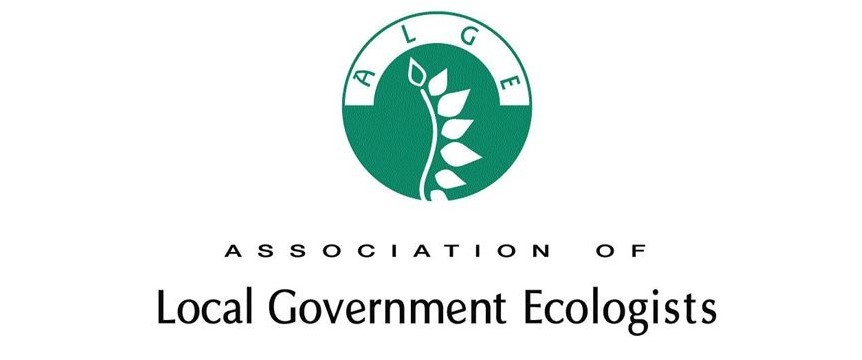August 2020
Nature is in free fall
There is a growing realisation that despite efforts over the past few decades, global and national biodiversity is under increasing threat and, in recognition, many local authorities have recently declared climate and ecological emergencies. Seeing recently the once common garden visitor of a hedgehog listed as vulnerable to extinction has brought the plight of the UK’s biodiversity into a stark light and increased this sense of urgency.
Local planning authorities asking for ‘biodiversity enhancement’ as part of development is nothing new. However, despite best efforts to protect and enhance biodiversity through planning, it is still in decline. And whilst development is just one of many impacts on biodiversity, it does also present an opportunity, if done right, to make a positive contribution to work to reverse this negative trend.
In the beginning
In 2000, fresh out of university and full of enthusiasm for a career in nature conservation, one of our ALGE members started working as a ‘Biodiversity Assistant’ writing a Local Biodiversity Action Plan (LBAP). One of the most significant successes was uniting organisations as a partnership and involving local people. Despite the eagerness to get cracking, there were limited resources to realise the plan’s ambitions and, consequently, most of the actions that were identified were never implemented. It was inevitable that the target to “halt the loss of biodiversity by 2010” would be missed. There were repeated calls for consistent and fair funding but despite this there has been a consistent lack of investment in the natural environment and a continued drop in public expenditure on biodiversity.
Things are finally changing
Climate change has suddenly caught the imagination of both world leaders and the wider population (perhaps it is the “Greta Syndrome”?). In the UK we have seen this reflected in the 25-Year Environment Plan and its associated Environment Bill and the revised National Planning Policy Framework. Local Nature Recovery Strategies (LNRS) are basically the re-birth of LBAP, but with a map. We must learn from our past and seek to ensure that LNRS are robustly implemented with adequate resources. Biodiversity net gain through development is one such opportunity to do just that. But this must be based on up to date and accurate environmental data.
An increase in urban wildlife only
Developments can enhance urban wildlife and provide important green corridors through otherwise impermeable housing and industrial estates, but they cannot achieve nature’s recovery on their own. Only some habitats can be relatively easily created and managed within new developments and not all species will benefit. House sparrows and foxes will do well, but it’s unlikely that skylarks will start using sports pitches! Green infrastructure and the benefits that nature can bring to people must be a major part of any new development, focussing habitat creation to where maximum ecosystem service benefits can be provided. However, development results in wider impacts on biodiversity. People, cats, dogs, cars, bikes, roads, bridges, offices, schools, invasive species, pollution, artificial lighting and fragmentation of habitat may result in disturbance, eutrophication, higher mortality, air and water quality reduction, isolated and vulnerable populations and inappropriate habitat management (to name but a few).
Beyond the red line
Biodiversity net gain has also suddenly taken off as a new issue to get our teeth into. There appears to be widespread support from the biodiversity related sector for a higher level of net gain where this can be justified and there are early examples of 20% and 25% uplift targets being sought by local planning authorities. It almost goes without saying that developers must do as much on-site as possible for habitats and species by applying the mitigation hierarchy and seeking to create a biodiverse green infrastructure network, enabling people to interact with and be connected to nature. However, biodiversity net gain also give local authorities the opportunity to ask for more, so that the aspirations of the LNRS, a robust Nature Recovery Network and the National Planning Policy Framework can be realised, including the restoration of priority habitats and species within the wider countryside (although this should be as close to the point of impact as possible). Large-scale strategic habitat creation and restoration could be achieved and, potentially, this could include land purchase to secure it for future generations.
The future
A natural capital approach should be taken to Local Plans (or whatever they might be referred to in the near future) to ensure that biodiversity and the role it plays in our lives is totally understood and to enable decision-makers to make a positive difference. Thinking positively, by locating new or restored habitats in the best locations where multiple benefits can be realised, by using the most up to date environmental data, by setting bold targets for biodiversity net gain and by stepping up to the challenge that the climate and ecological emergencies present, we might just be successful this time.
The author is a member of the Association of Local Government Ecologists

The opinions expressed in this blog are the author's and not necessarily those of the wider Link membership.



Latest Blog Posts